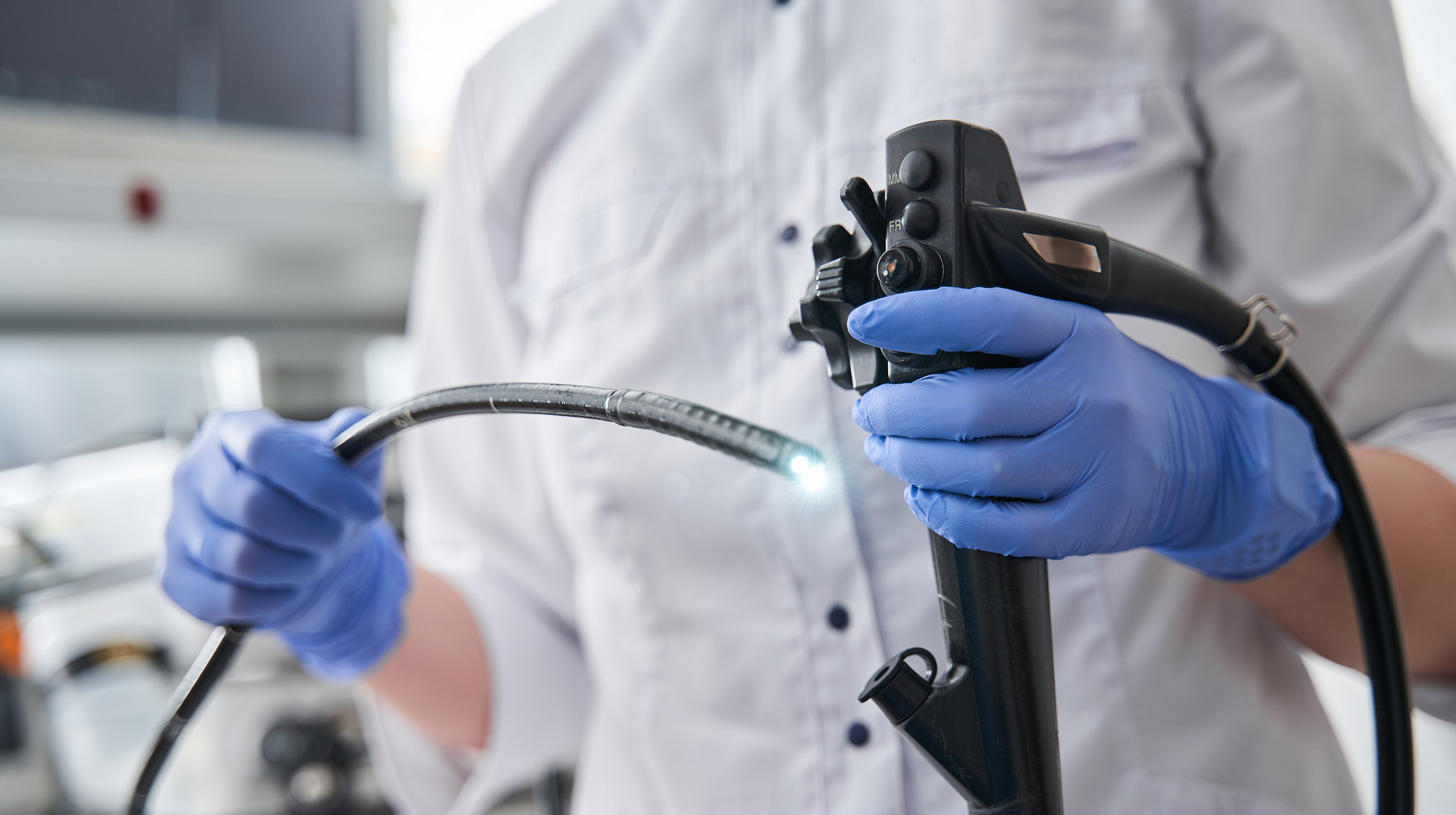
The American Cancer Society estimates 83,730 bladder cancer cases will be diagnosed in the United States in 2021.
The society released its annual Cancer Facts & Figures report last month, which also estimates 17,200 deaths from the disease this year. The report predicts declines in many cancers, but bladder cancer will see an approximately 3 percent increase from 2020’s diagnosed cases.
New case estimates are based on incidence data reported from 2003 through 2017 by the North American Association of Central Cancer Registries. Deaths are estimated based on 2004-18 mortality data.
About 64,280 of the anticipated cases will be men, while 19,450 women are expected to be diagnosed. Approximately 12,260 men and 4,940 women will die from bladder cancer this year, according to the American Cancer Society.
Based on numbers from 2010 to 2016, the five-year survival rate for bladder cancer is 77 percent. When detected before the tumor has spread beyond the layer of cells in which it formed, the five-year survival rate is 96 percent. Its mortality rate decreased by .6 percent per year from 2009 to 2018.
Bladder cancer incidence rates declined by about 1 percent per year from 2008 through 2017. Before the decade of decrease, bladder cancer cases had been slowly increasing in the U.S. since the 1970s. The incidence rate is four times as high in men than in women, and twice as high in white men than Black men, according to the report.
Smoking is the most well-known risk factor for bladder cancer and accounts for nearly half of the cases in the U.S. Early detection often results from blood in the urine. Other symptoms include increased urgency or frequency of urination or pain and irritation during urination. People believed to be at increased risk may undergo surveillance cystoscopy.
More than 600,000 people are believed to be living with bladder cancer in the U.S., according to the Bladder Cancer Advocacy Network.


